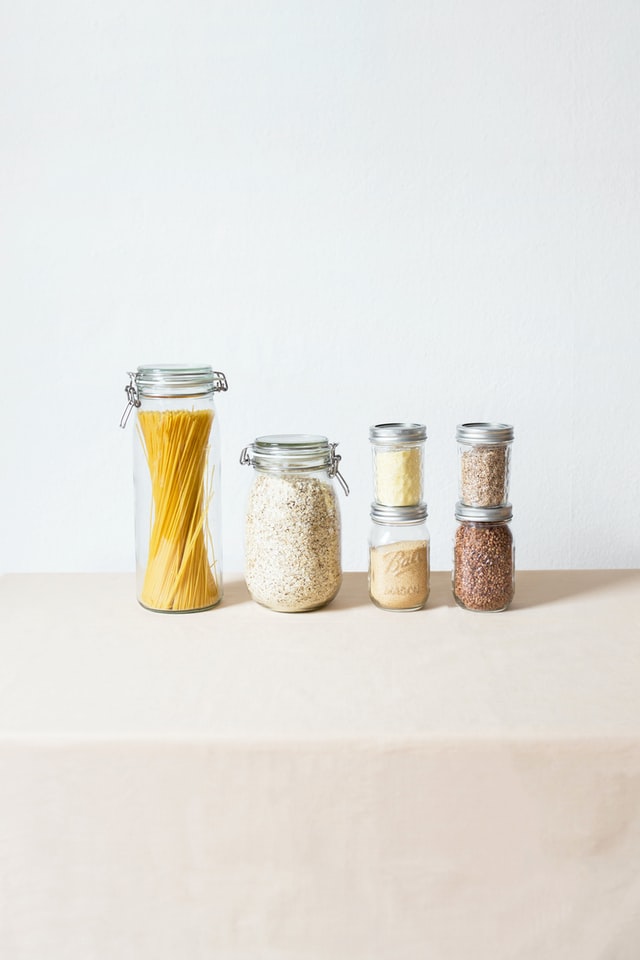If you’re looking for ways to reduce your waste, here are several tips to help you get started. Try reusing items whenever possible. Use old t-shirts as cleaning rags and reusable food containers instead of throwing them out. You can even donate your old books or furniture to charity. Donating your old things is much better than throwing them away. Not only will you reduce waste, but you’ll be doing something that will help a stranger in need. If you’re looking for assistance on house clearing consider house clearing Glasgow or rubbish removal Edinburgh services. Read on to find out how to reduce waste and remember to check out our other blogs.

Reusable containers
A recent initiative by the Faculty Student Association at the University of Toronto has re-launched its reusable container program to save 25,000 single-use plastic bottles from landfills. Initially, the initiative is limited to a small group of students, but it will soon be open to the entire campus community. The program involves free reusable containers, which students can use for takeout or dining in. Those who use reusable containers at a restaurant can check them out with a mobile app, pay with a meal swipe, or pay by credit/debit card. When they are finished, students can simply exchange dirty containers for clean ones.
Minimal packaging
Minimal packaging is becoming increasingly popular, and it has a host of benefits. Compared to traditional packaging, it is cheaper to produce and transport. Furthermore, minimalist packaging uses sustainable raw materials such as wood from sustainable forests and paper made from new man-made fibers. It also makes use of natural materials, such as cotton and paper from sustainable farms. Therefore, if you are buying your next snack bar, you may want to think about going minimalist when it comes to packaging.
Repurposing old items
If you are looking for ways to reduce waste and keep your budget low, repurposing old items is a great way to go. Old items can be recycled to create new products, which will reduce the amount of virgin materials used to create new items. You can find many repurposed items that can be re-used. Here are some examples of the items you can reuse. You can also use milk jugs for dog food or gallons of water for bird feeding. Old plastic bottles can be turned into watering cans by poking holes in the lids or using them as sprinkler systems.
Using reusable bags
While reusable bags have many benefits, they also have some drawbacks, especially for sustainability. Reusable bags made of different materials have varying degrees of eco-friendliness. Plastic, for example, will eventually break down due to photodegradation, but if discarded, it will continue to produce toxic chemicals. Plastic bags can also become contaminated with food and other items that are not edible, which will further increase the amount of waste.
Packing a lunch
While packing your own lunch can save you money and make your day run more smoothly, it can also contribute to environmental harm and single-use packaging. Whether you choose to pack homemade meals or purchase prepackaged meals, the amount of single-use packaging in a typical lunch box can be staggering. Lunchboxes are notorious for containing plastic bags and cling wrap, which can often end up in landfills.
Avoiding single-use paper and plastic products
Using non-recyclable materials can make a big difference in the amount of garbage you produce. Consider choosing bamboo cutlery or a glass container for your food. Plastic cups and trays are cheap and easy to use in a food court, but they end up in landfills after they are used. The shape of plastic plates also makes it difficult for recycling centers to sort them. Instead, look for alternatives like glass, porcelain, palm leaf, or bamboo pulp plates.
Composting
Composting is one way to save money on trash and help the environment. It helps us to reduce waste and reduce our dependence on landfills, while decreasing greenhouse gas emissions. The average American produces four and a half pounds of waste every day, amounting to 1,600 pounds per year. Recycling rates are low – only 34% of our waste is recycled, while 13% is burned. That means that most waste goes to landfills, which account for 53% of our total waste stream. About two-thirds of the trash we generate is food scraps, which make up a significant portion of our municipal landfills.




